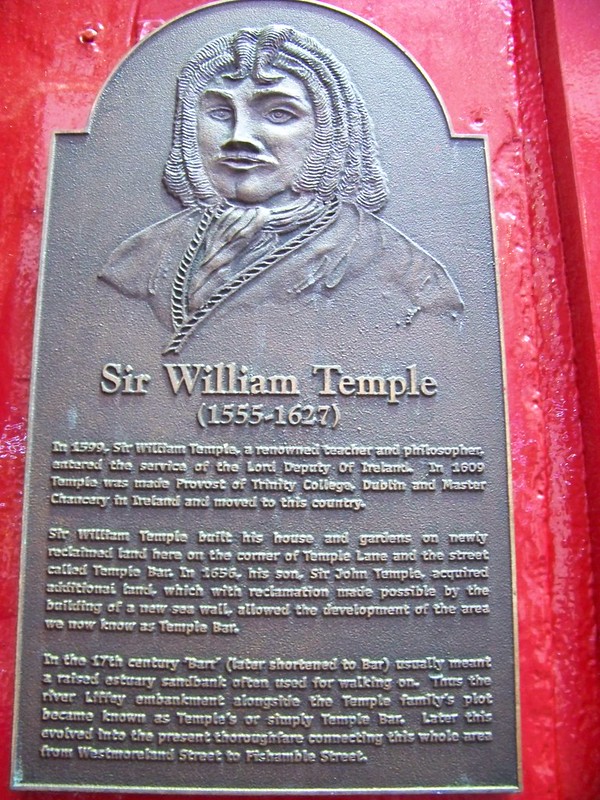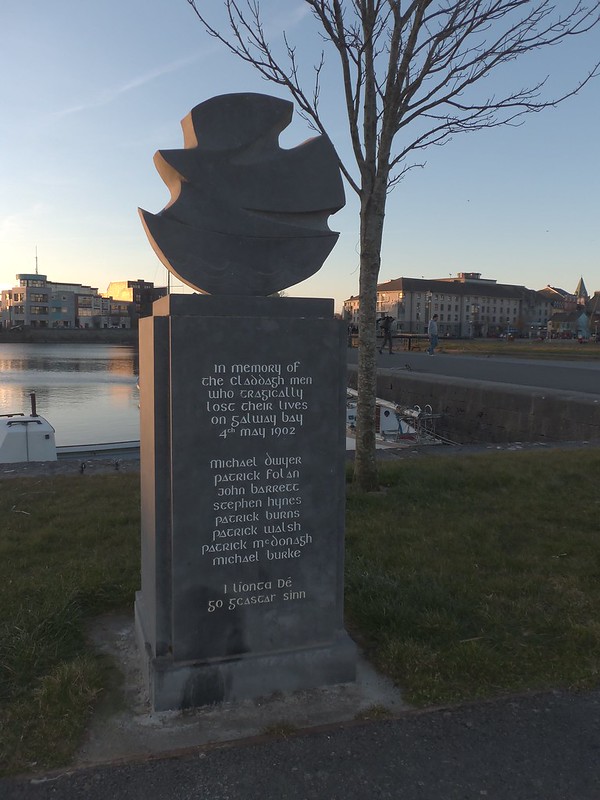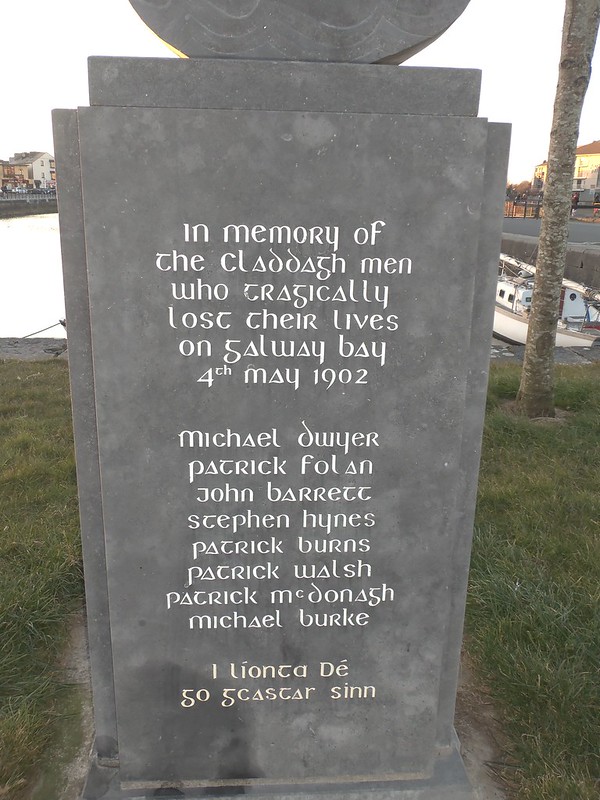Did you know there is a water fountain just outside Edinburgh Castle dedicated to those executed as witches in the 16th and 17th centuries? The “Witchcraft Acts” codified witchcraft as a criminal offense. In 1541, The Act against Conjurations, Witchcraft, Sorcery and Enchantments defined witchcraft as a felony, punishable by death and forfeiture of property to the state. The 1563 Act further defined not just the practice of witchcraft, but the consultation of a witch, as punishable by death. King James VI (later James I of England) demonstrated a particular obsession with witches, even publishing a book, Daemonologie, and participating in the interrogation of accused witches. He took that interest with him when he assumed the English throne. In 1604, another law was passed that further bolstered prosecution of witches: An Act against Conjuration, Witchcraft and dealing with evil and wicked spirits, and hundreds of witches would be tried and executed.




















